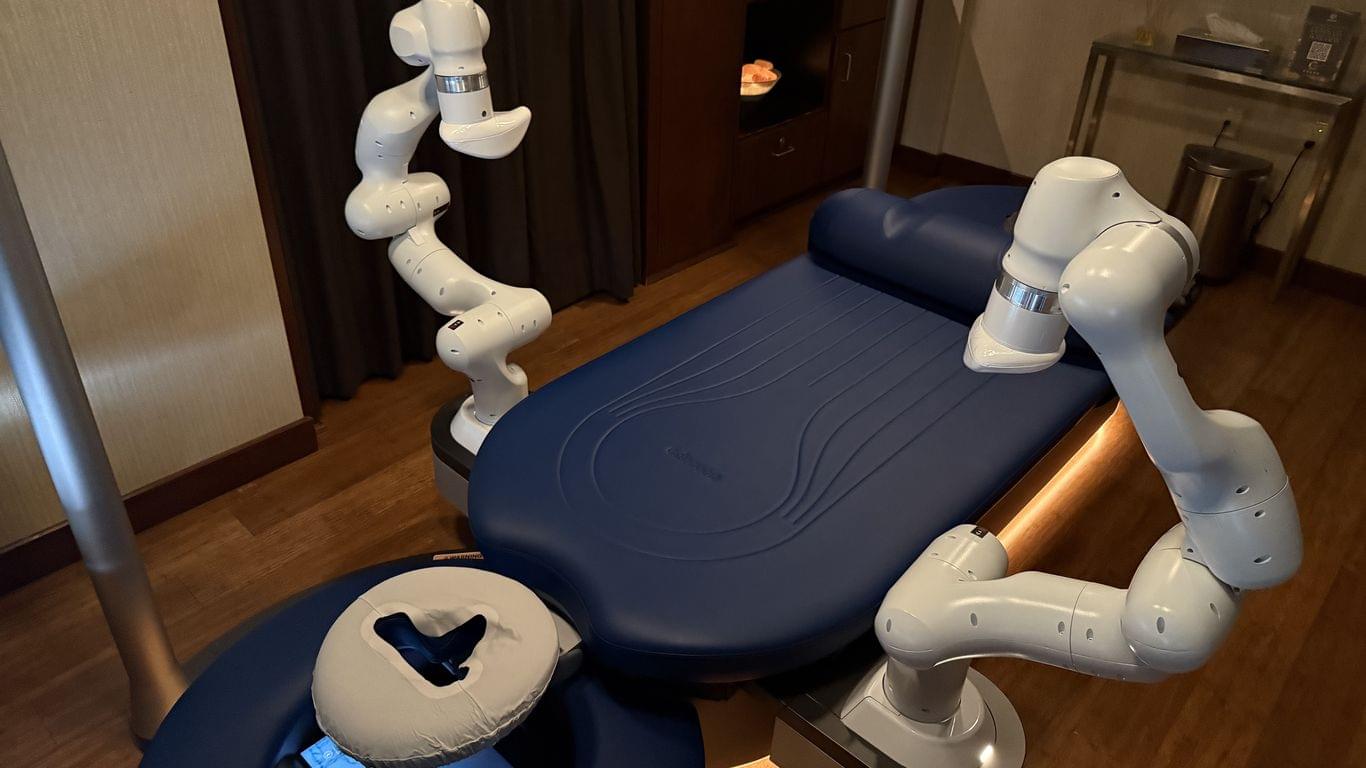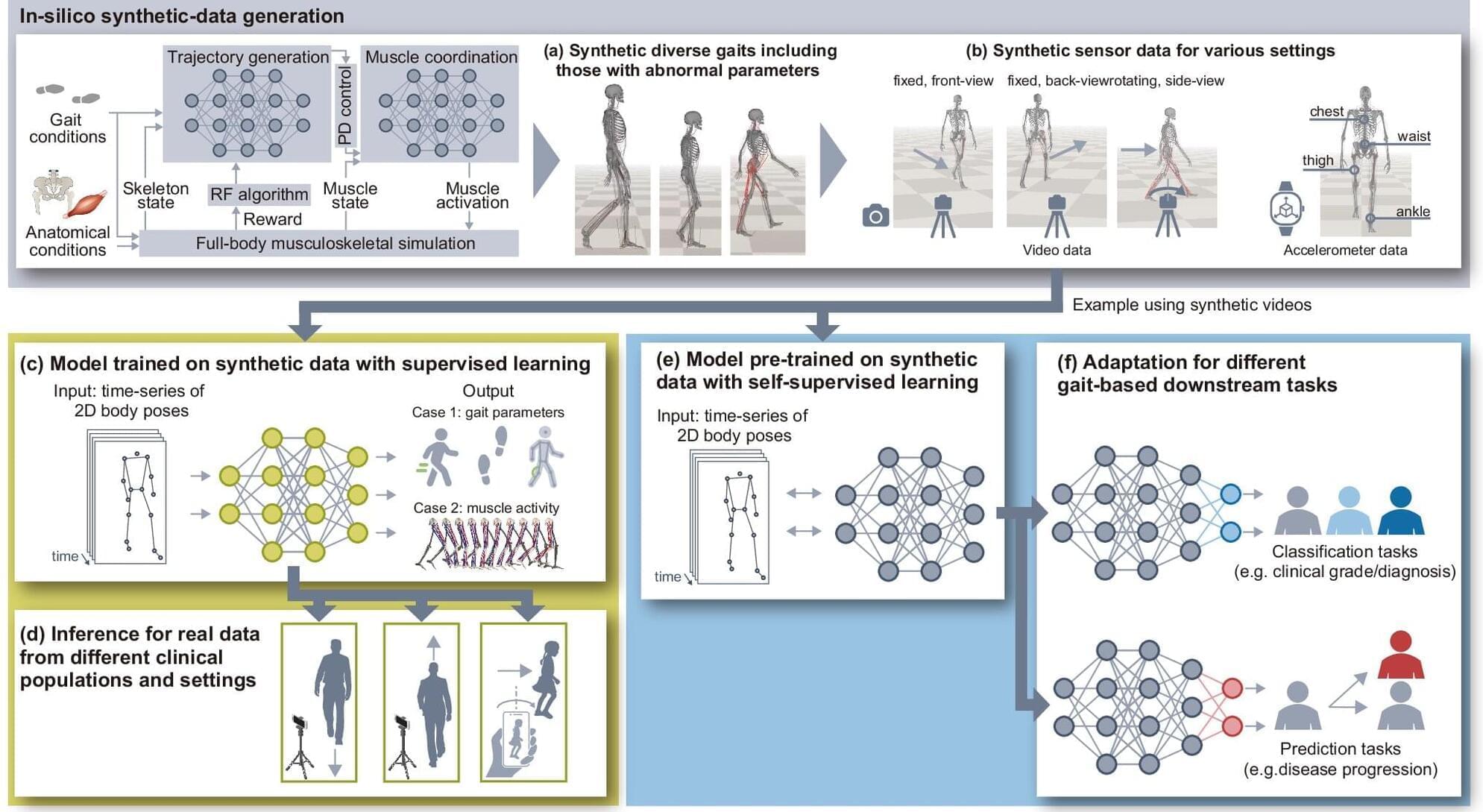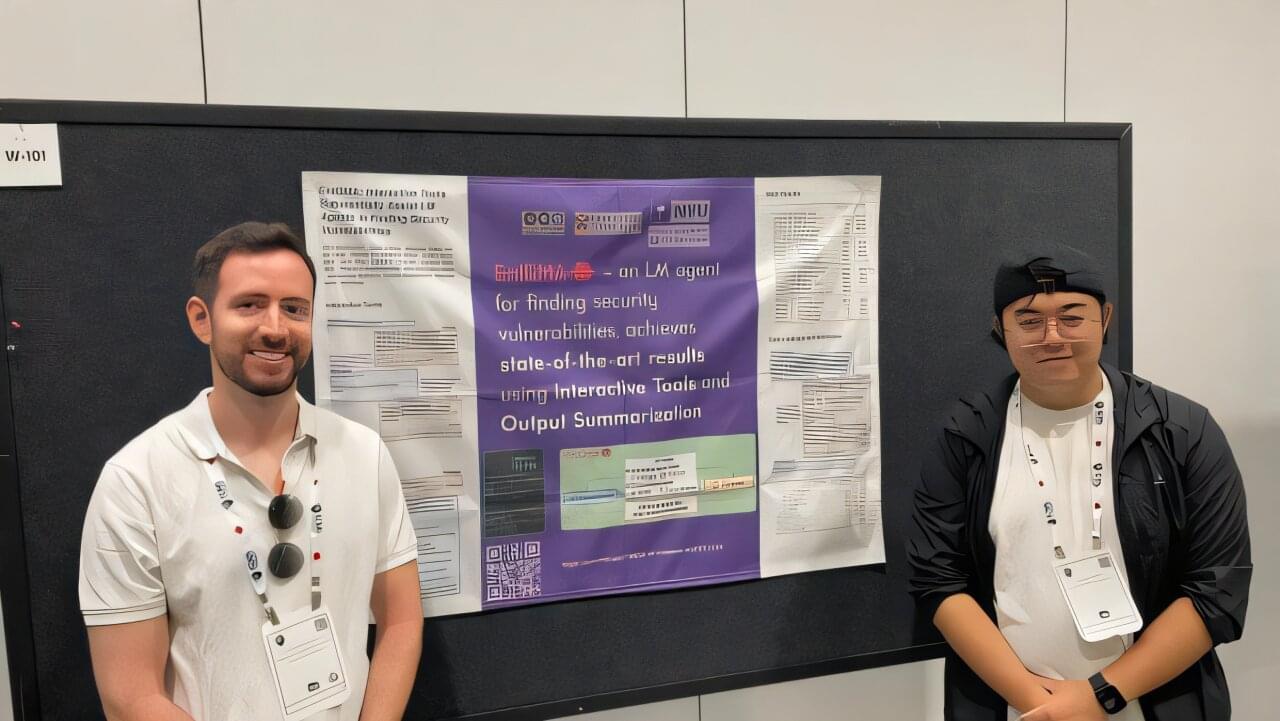KEMRI-led study confirms Ivermectin’s potential in reducing Malaria Transmission.



Background: Extramammary Paget’s disease (EMPD) is a rare intraepithelial adenocarcinoma that occurs in the genitals, axilla, and anus, where apocrine sweat glands are abundant. This disease is mainly characterized by localized lesions and rare distant metastasis. Scrotal Paget’s disease is a rare type of EMPD, and there is no standard treatment for metastatic EMPD.
Case Description: Here, we reported the genetic results of a patient with a PIK3CA gene mutation in scrotal Paget’s disease who developed multiple metastases to the lymph nodes, liver, and bones during adjuvant radiotherapy, as well as the results of treatment with a PIK3CA inhibitor. The latest advances in this field were also summarized. The treatment response was evaluated as stable disease (SD) after 6 courses of docetaxel plus tegafur (DS regimen) chemotherapy. Then, a second-line treatment, a PIK3CA inhibitor, WX390, was administered with tolerable toxicity. There was a treatment-induced increase in blood glucose level during treatment, and insulin was administrated with good control. The progression-free survival (PFS) was 3.9 months and the overall survival (OS) was 16 months.
Conclusions: PIK3CA is a commonly mutated gene in EMPD. To the best of our knowledge, this is the first case report of a PIK3CA inhibitor for the treatment of primary metastatic EMPD, and the treatment efficacy was good. PIK3CA inhibitors may be promising for the treatment of metastatic EMPD in the future.


San Francisco, California-based Marathon Fusion is proposing a process that uses nuclear fusion to turn mercury into gold — something that has been sought by people for thousands of years.
“Unlike previous attempts, our method is massively scalable, pragmatically achievable, and economically irresistible,” Marathon Fusion said on its website.
Explore the entire life story of the cosmos, from quantum flickers at the Big Bang to the distant eras of black holes and dark energy, and discover what kinds of civilizations might endure across these unimaginable spans of time.
Watch my exclusive video Mass Drivers on the Moon: https://nebula.tv/videos/isaacarthur-mass-drivers-on-the-moo…ar-economy.
Get Nebula using my link for 40% off an annual subscription: https://go.nebula.tv/isaacarthur.
Get a Lifetime Membership to Nebula for only $300: https://go.nebula.tv/lifetime?ref=isaacarthur.
Use the link https://gift.nebula.tv/isaacarthur to give a year of Nebula to a friend for just $36.
Visit our Website: http://www.isaacarthur.net.
Join Nebula: https://go.nebula.tv/isaacarthur.
Support us on Patreon: https://www.patreon.com/IsaacArthur.
Support us on Subscribestar: https://www.subscribestar.com/isaac-arthur.
Facebook Group: https://www.facebook.com/groups/1583992725237264/
Reddit: https://www.reddit.com/r/IsaacArthur/
Twitter: https://twitter.com/Isaac_A_Arthur on Twitter and RT our future content.
SFIA Discord Server: https://discord.gg/53GAShE
Credits:
Spaceport Innovations — Designing the Next Generation of Launch Sites.
July 31, 2025; Episode 744
Written, Produced & Narrated by: Isaac Arthur.
Epochs of the Universe — The Cosmic Clock & Civilization (July 31, 2025)
Recorded: June 2025
Written by: Isaac Arthur.
Editor: Lukas Konecny.
Select imagery/video supplied by Getty Images.
Music Courtesy of Epidemic Sound http://epidemicsound.com/creator.
Chapters.
0:00 Intro.
2:26 The T-Scale — Time, Terrifyingly Large and Small.
8:25 The Grand Unification Epoch.
10:30 The Inflationary Epoch.
15:40 The Electroweak Epoch.
17:41 The Quark Epoch.
18:19 The Hadron Epoch.
19:28 The Early Universe.
22:52 The Stelliferous Era (T10–T14)
22:24 Into the Darkness (T15-T67)
31:56 The Sojourn.
32:54 The Black Hole Era.
36:55 The Dark Era.
40:29 Final Fates: Cycles, Cracks, and Cosmic Cliffhangers.

Gait assessment is critical for diagnosing and monitoring neurological disorders, yet current clinical standards remain largely subjective and qualitative. Recent advances in AI have enabled more quantitative and accessible gait analysis using widely available sensors such as smartphone cameras.
However, most existing AI models are designed for specific patient populations and sensor configurations, primarily due to the scarcity of diverse clinical datasets—a constraint often driven by privacy concerns. As a result, these models tend to underperform when applied to populations or settings not well represented in the training data, limiting their broader clinical applicability.
In a study published in Nature Communications, researchers from IBM Research, the Cleveland Clinic, and the University of Tsukuba propose a novel framework to overcome this limitation. Their approach involves generating synthetic gait data using generative AI trained on physics-based musculoskeletal simulations.

This report reviews the construction and potential use of FTQC (Fault Tolerant Quantum Computing) computers to reliably perform complex calculations by overcoming the problems posed by the errors and noise inherent in quantum systems.
After recalling the reality of the quantum advantage and its needs, the report describes the use of error-correcting codes in the design of FTQCi computers. It then reports on the progress of the five most advanced physical technologies in the world for building such computers and the obstacles they will have to face in order to achieve the transition to scale necessary for the execution of useful applications. Finally, it discusses the technical and economic environment for quantum computers, how their performance can be compared and evaluated, and their future coexistence with other computing technologies (3D silicon, AI) or with supercomputers.


The cancer drugs called PARP inhibitors have a puzzling reputation: even though they are treatment mainstays for multiple forms of cancer, they can damage cancer-killing T cells and disrupt the potential for meaningful therapy. New research from medical scientists in China is revealing ways to sidestep this obstacle by preventing PARP-induced collateral damage to T cells.
A multi-disciplinary team of researchers in Wuhan, working at several collaborating institutions, developed methods to prevent damage and showed that doing so increases the drugs’ efficacy against ovarian tumors and may help expand PARP inhibitors’ overall use. The PARP inhibitor drug family consists of slightly more than half a dozen medications, and the same problems appear consistent in all of them, say investigators participating in the study at Tongji Hospital, Tongji Medical College and Huazhong University of Science and Technology.
Writing in the journal Science Translational Medicine, the Wuhan-based researchers explain that PARP inhibitors have become standard treatments for epithelial ovarian cancer, the most lethal gynecologic cancer. However, PARP inhibitors often can’t eliminate tumors on their own. Doctors have attempted to combine PARP medication with immunotherapies, such as immune checkpoint inhibitors, but results have been mixed, creating yet another obstacle in the PARP treatment saga.

Artificial intelligence agents—AI systems that can work independently toward specific goals without constant human guidance—have demonstrated strong capabilities in software development and web navigation. Their effectiveness in cybersecurity has remained limited, however.
That may soon change, thanks to a research team from NYU Tandon School of Engineering, NYU Abu Dhabi and other universities that developed an AI agent capable of autonomously solving complex cybersecurity challenges.
The system, called EnIGMA, was presented this month at the International Conference on Machine Learning (ICML) 2025 in Vancouver, Canada.